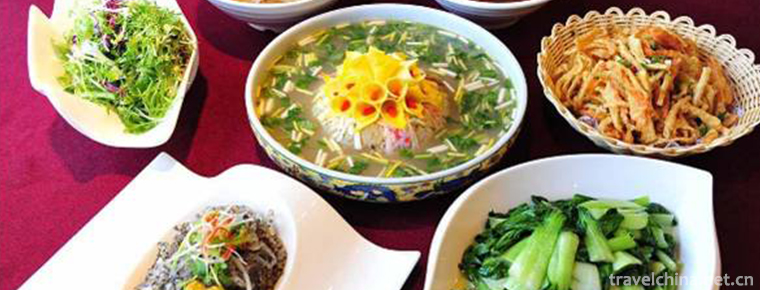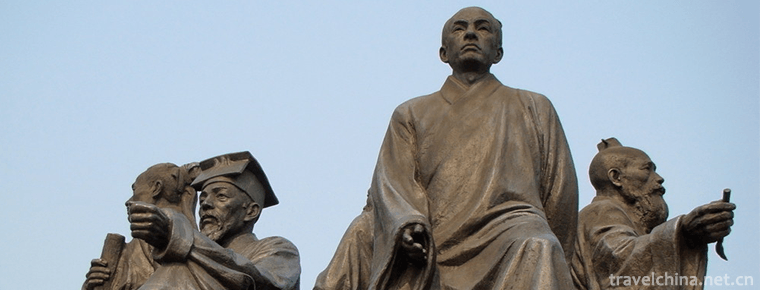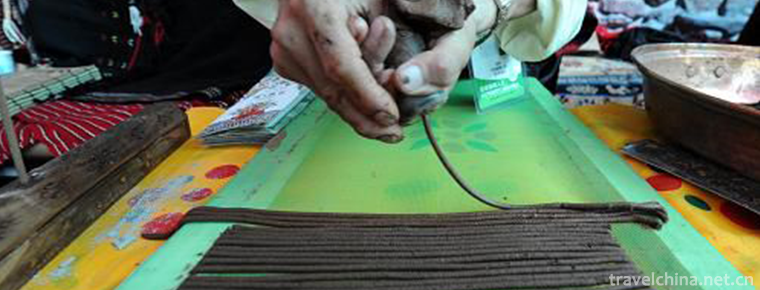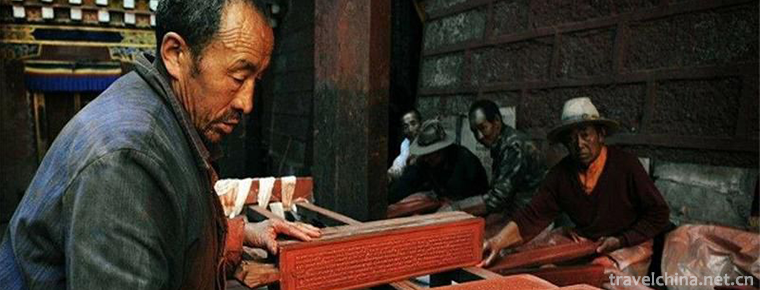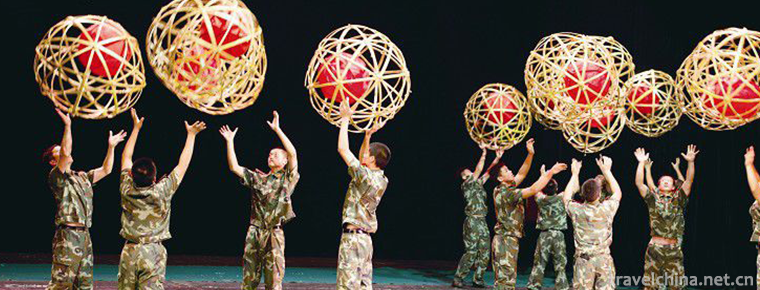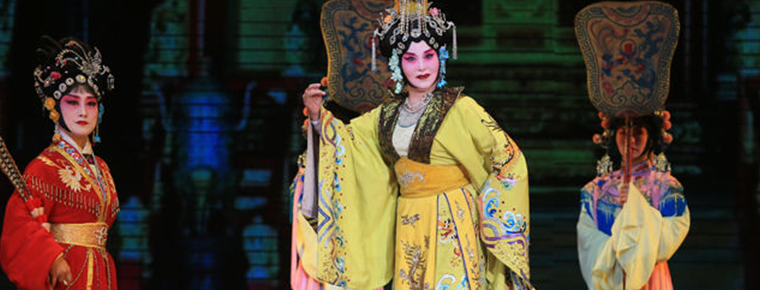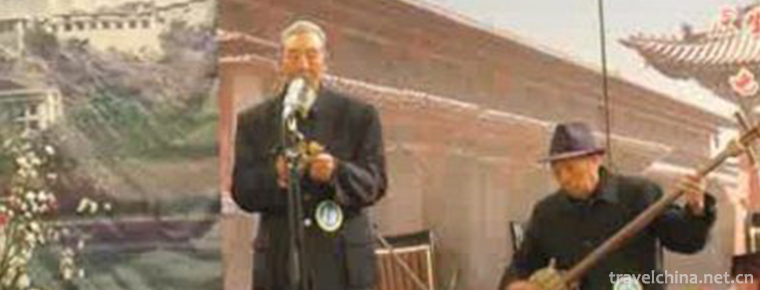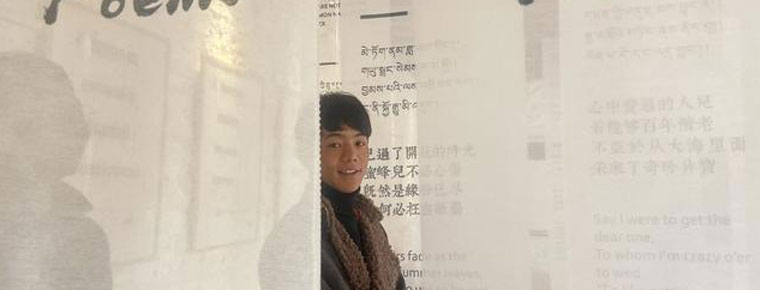Eight treasures quail
Eight treasures quail
Babao quail is a dish. Its main ingredient is pure quail, etc. Its ingredients are purple quail, lotus seed, etc. Its seasoning is peanut oil, salt, soy sauce and so on. It is made by deep-frying.
Recipe Brief
Delicious taste, delicious glutinous taste.
Lycium barbarum 10g, pork 50g, starch 15g, canned bamboo shoots 25g, salt 2.5g, cooking wine 15g, clove 8 grains, onion 10g, pepper 2g, cooked peanut oil 1500g (actual consumption 60g), ginger 10g, onion 15g, lobster slices 50g, hot sauce 50g*
Making process
1. After removing the quail's head, Debone it, wash it, drain the water, and taste it with salt, cooking wine, shallot and ginger powder, and marinate it.
2. Cut pork and canned bamboo shoots into dices. Lotus seeds, wolfberry, sage, clove and pepper are soaked with clear water and dehydrated.
3. Diced meat, bamboo shoots, lotus seeds, Lycium barbarum, Radix scutellariae, shallot powder and ginger powder are mixed with refined salt and cooking wine. A little cooked peanut oil is stirred and evenly filled. It is put into quail belly and steamed in a pot. Cloves, pepper, onion and ginger slices are steamed in a steaming pot, then cooled and dried. Take starch and fry it.
4. When the frying pan is heated, add cooked peanut oil to 50% heat, put lobster slices into the frying pan, fry them crisply and fish them out. When the oil is heated to 60% heat, fry quails into the frying pan, fry them until golden brown, fish them out and put them into small plates with lobster slices edged.
5. When eating, the hot sauce can be put into a small dish with a single heel.
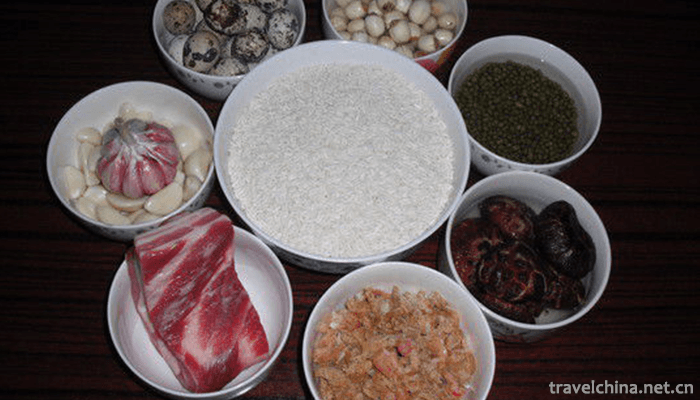
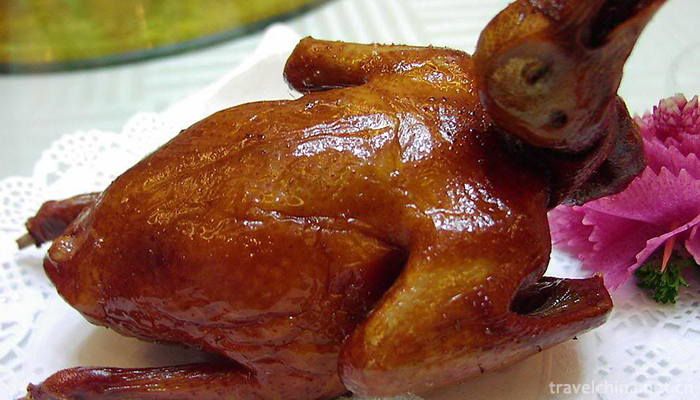
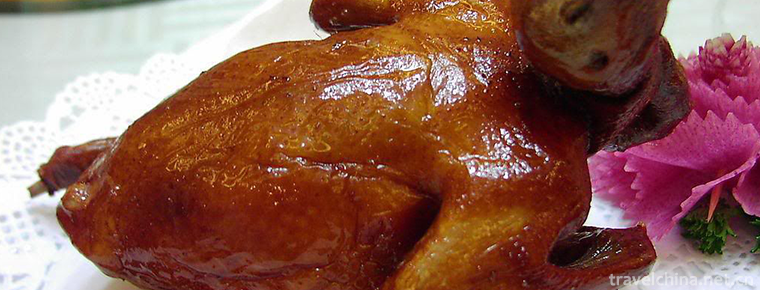
Eight treasures quail
-
shui xi of Luo Yang
shui xi of Luo Yang/Luoyang Water Banquet is a traditional feast with characteristics in Luoyang, Henan Province, which belongs to the Henan Cuisine Department.
Views: 257 Time 2018-11-26 -
Longmen Grottoes Scenic Area
Longmen Grottoes is one of the treasure houses of Chinese stone carving art. It is now a world cultural heritage, a national key cultural relics protection unit and a national AAAAA class tourist attr
Views: 273 Time 2018-12-09 -
Shigu Academy
Shigu Academy, located in Shigu Mountain, Shigu District, Hengyang City, an important city in central and southern Hunan Province, is the birthplace of Huxiang
Views: 221 Time 2019-02-08 -
Tibetan Fragrance Production Techniques
Tibetan incense is a rare "Tianmu" in the snow-covered mountains of Tibet. There are many records in Buddhist sutras. Tianmuxiang is the top-grade offering of Buddhist rites and buddhism.
Views: 187 Time 2019-04-05 -
Tibetan Engraving and Printing Techniques
Tibetan engraving and printing skills of Dege Printing Institute, local traditional handicraft skills of Dege County, Sichuan Province, and one of the national intangible cultural heritages.
Views: 375 Time 2019-04-05 -
Rolling lamp
Rolling lantern is an art form of entertainment and self-enjoyment for the masses in Han folk festivals, and also a competitive performance to show the strength of villages. It is mainly prevalent in
Views: 188 Time 2019-05-02 -
Huai Opera
Huai Opera, also known as Jianghuai Opera and Huai Opera, is an ancient local opera. It originated in Huai'an City, Jiangsu Province, and Lixia River, Yancheng City, and originated in modern Shanghai.
Views: 235 Time 2019-05-04 -
Qinghai Lower String
Qinghai Xixian, which originated in the late Qing Dynasty, is one of the traditional folk arts native to Qinghai. It is a sitting and singing art, singing alone or in pairs.
Views: 261 Time 2019-06-11 -
Beijing Foreign Studies University
Beijing Foreign Studies University is located in the West Third Ring Road north of Haidian District, Beijing. On the two sides of the three ring road, there are two East and West campuses, which are d
Views: 163 Time 2019-09-06 -
Chengdu national beauty and heavenly fragrance Water Park
Chengdu national beauty and heavenly fragrance water park is the world's first and largest standard in Asia. It is also the first water theme park with the most comprehensive facilities in Southwest China.
Views: 156 Time 2020-10-17 -
wolong national nature reserve
Wolong Nature Reserve is located in the southwest of Wenchuan County, Aba Tibetan and Qiang Autonomous Prefecture, Sichuan Province, on the southeast slope of Qionglai mountains, 130 kilometers away from Chengdu
Views: 273 Time 2020-11-06 -
The announcer Ding Zhen will not be on duty until half a year later
On December 6, just after yesterday's live media broadcast, Ding Zhen met with more than 20 fans from all over the country to take photos at noon. Ding Zhen is no longer as shy and helpless as he was when he first met a stranger. After half a month's popularity,
Views: 128 Time 2020-12-06
